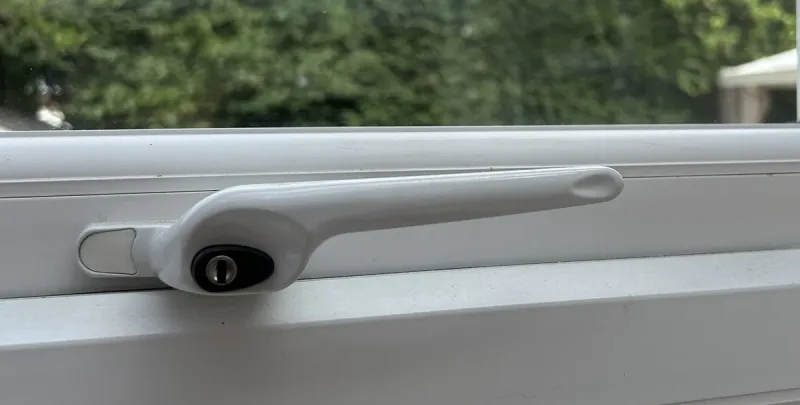It is now being widely reported in the media, that home insurance premiums are set to rise as a result of the recent bad weather. I also mentioned yesterday that the recent spate of metal thefts may also be a contributing factor to a squeeze on insurance premiums. Whatever the reasons for any increase in insurance premiums, they are never well received and in the present economic climate are exceedingly unwelcome. Insurance premiums are a very contentious issue, especially amongst those policyholders that have not made a claim. The indignation rises even further for policyholders who have had many claim free years and phone calls around renewal time usually run along the same lines of, “I never make a claim, whys it gone up ?” and “I’m tired of paying for everyone else.
So, is it true that policyholders that don’t make a claim under their home insurance are subsidising those that do?
Well, basically yes. Insurance runs on a principle called “pooling”. In essence, everyone pays in to a pot and those unfortunate enough to suffer a loss can claim compensation from the pot. There are different pots for different classes of insurance. Insurance product providers base their premiums on these pots and insurance only really works because they can group large numbers of similar risks together and can calculate their exposure to a chance of a loss.
This “law of large numbers” enables insurers to study types, frequency and amounts of claims and calculate the amount each person is required to pay in to the pot. This helps enable them to pay claims and make a profit.
An insurer with only a small number of risks could make a mistake in their calculations, if we look at a relatively high risk home insurance class, say Thatched Building Insurance, if you only accepted a handful of risks, you may be lulled in to a false sense that this was a good class of business, you could be lucky and not have a fire claim. However, if you have a few thousand risks on the book, your chances of suffering a loss increase. Basically the larger number of individually similar risks held by an insurer, the more accurate they will become at calculating premiums. There are some terribly clever men working in the insurance industry called actuaries that sort all this out, no doubt aided and abetted by some form of computer.
When dealing with similar risks insurers prefer them not to be too “homogenous”, there is no point in having all of your policyholders living in one particular area as they may be exposed to a similar event (an example would be insuring all the homes in a seaside town that is especially exposed to storm) Insurers prefer a good spread of risk, this helps the large numbers make sense.
Ok, so now we know all about the pooling system, there are a couple of things to bearing mind because, it’s very rare to find two persons paying the same insurance premium.
Most types of insurance policy now come with a no claims bonus. This used to apply in the main to car insurance, but most home insurance contracts will now have a bonus attached. If you make claim, your bonus will be lost, and your premium will go up, so at your renewal, you will be asked to pay more money in to the pool. As well as this, insurers use fairly complex rating matrixes to calculate premiums, they have lots of data relating to everything from local crime to what type of soil is under your house. Anyone living in a high risk area, whether it is from crime or flooding, for example, will almost certainly being paying more for their insurance premiums to start with.
Insurance premiums are calculated to cover the chances of future losses although a good claim free history is a factor that will help reduce a premium. So whilst, you could say we all pay in to the pool to compensate those that have a loss, those that have had losses or live in higher risk areas are probably paying more for their insurance to start with.





























